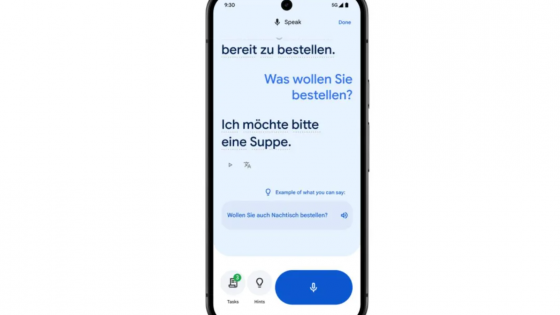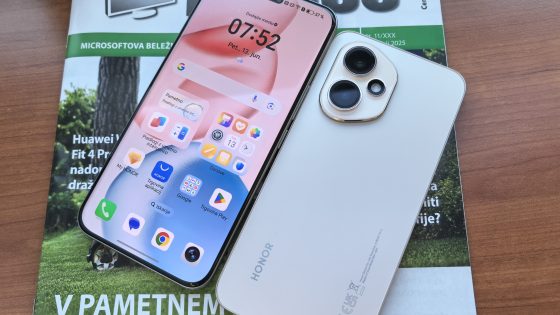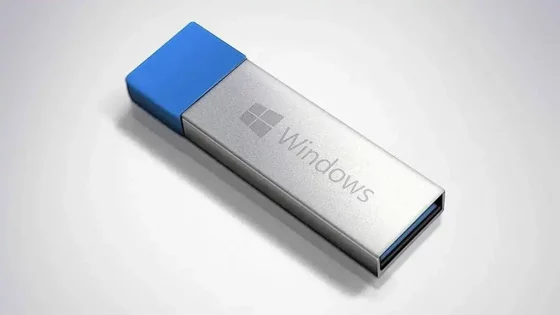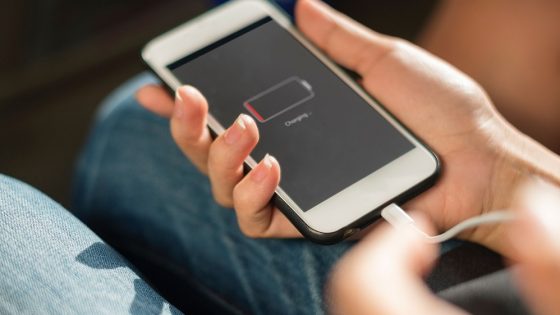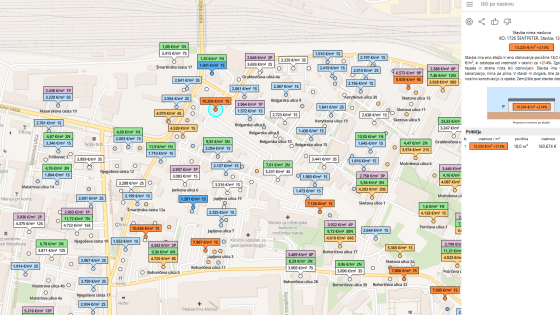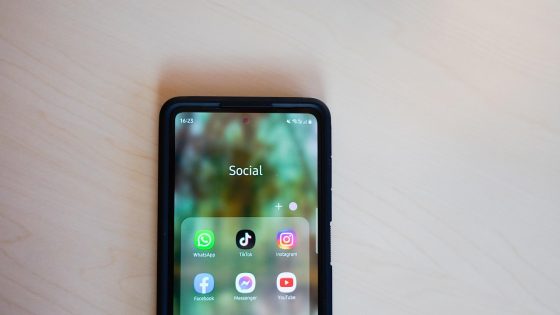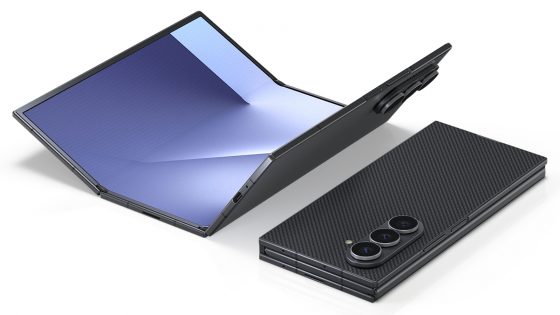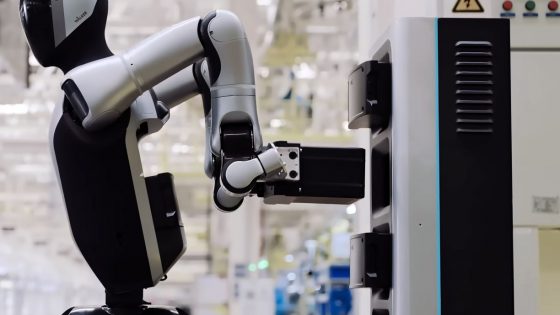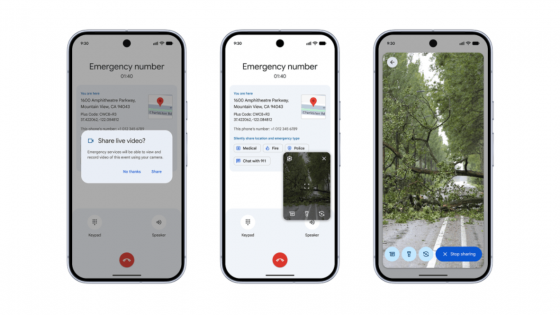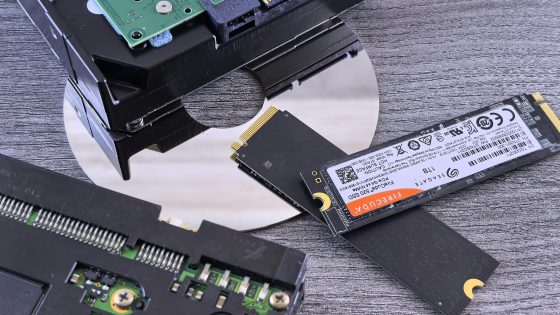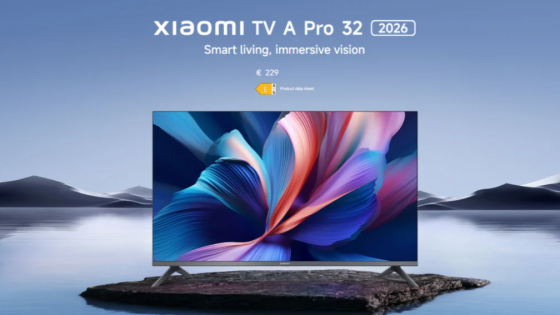When does a balcony solar plant make sense? What does the legislation say?
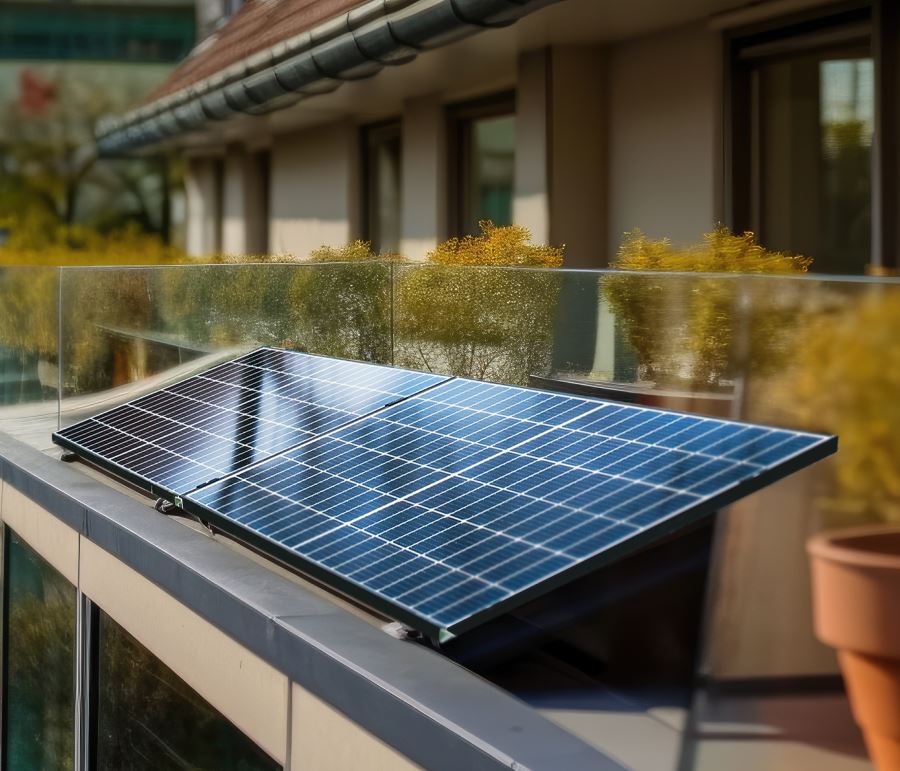
Solar power plants have so far been the most obvious choice for physical customers, but the situation has changed with the change in legislation, which abolishes the net metering system for solar power plants up to 43 kilowatts from 1 January 2024. Those who have submitted an application for the issuance of consent for the construction of a solar power plant and connection to the grid by 31/12/2023 will still be able to use the old system, but must install the power plant by 31/12/2024.
As the payback period for the solar power plant will be longer under the new system, users have started looking for alternative solutions. Some have resorted to balcony solar power plants for partial self-sufficiency.
What is a balcony solar plant?
A balcony solar power plant is, simply put, a plug-in production device or a small solar system consisting of solar panels that convert solar energy into electricity and an inverter that converts the current into electricity to power everyday devices.
It usually consists of one or more solar modules, and the cable with the inverter is simply connected to the balcony (or other external) socket to start powering the devices.
Balcony solar power plant - laws and rules of installation and use
Balcony solar power plants belong to plug-in production devices, which are subject to different conditions than solar power plants. So far, balcony solar power plants have not been overly popular among users, because due to the emission of excess energy, the distributor could disconnect the end user from the grid. With the new regulations of the Energy Act (EZ-1), this should not happen as long as you have fulfilled your responsibility to the distributor:
- The household customer must inform the distribution operator 14 days before the start of operation of the plug-in production device.
- The notification must contain the date of the planned connection of the balcony solar power plant or other plug-in production device,
- measuring point number,
- "EC - declaration of conformity" or another document from the manufacturer, which contains the data of the balcony solar power plant or its components and the standards for the device,
- a copy of the installation and connection instructions, which shows that the plug-in production device complies with the SIST EN 62109-1 and SIST EN 62109-2 standards and does not require the installation of a type B RCD.
At the same time, the balcony solar power plant can transmit working power equal to or less than 600 W to the distribution network at any time. The total power of the device can be a maximum of 800 W at an individual pick-up and sale point.
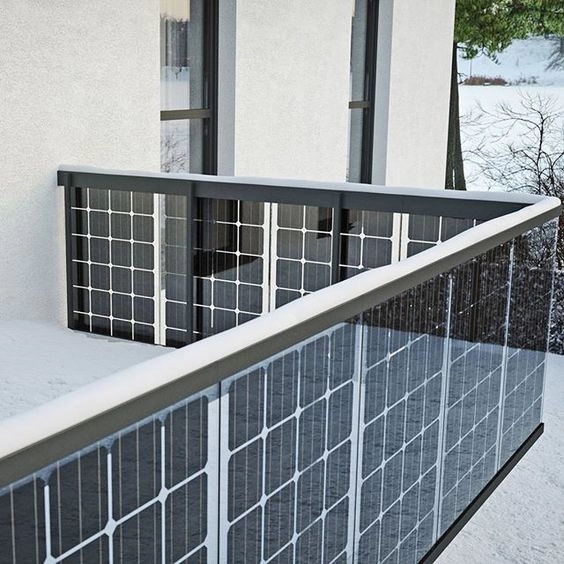
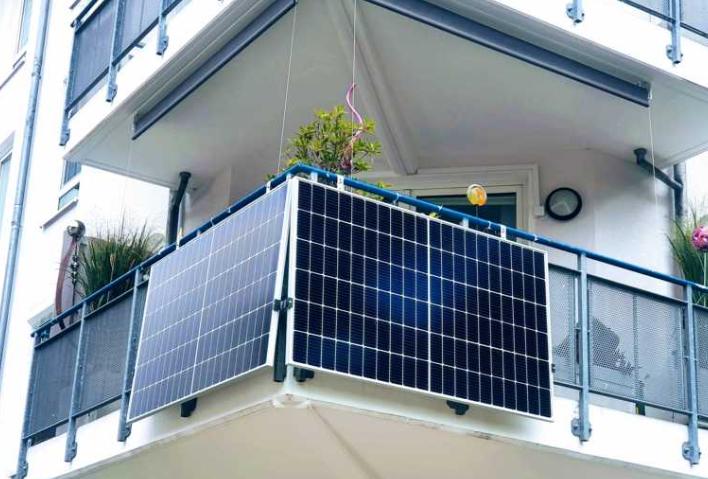
Can companies set up balcony solar power plants?
Yes and no. The Ministry of the Environment, Climate and Energy explained to us that Article 3 of the Rulebook on technical requirements for the connection and operation of plug-in production devices with renewable energy sources stipulates that plug-in production devices (balcony solar power plants) can only be connected to the internal installation of household of the customer, which is carried out in accordance with the requirements of the regulation governing the requirements for low-voltage installations in buildings, and meets the requirements of chapter 11.3.8 on portable photovoltaic devices Technical Guidelines TSG-N-002 for low-voltage electrical installations and the requirements of this regulation.
Business customers or companies can also set up a balcony solar power plant, but in this case the regulations apply to them System operating instructions for the electricity distribution system (Official Gazette of the Republic of Slovenia, no. 7/21 and 41/22, SONDSEE, chapters 11.3.8.). According to this regulation, companies can install balcony solar power plants with an operating power of less than 800 W and under no circumstances may they transmit operating power to the grid.
Balcony solar power plant and apartment blocks
If you live in an apartment block and would like to install a balcony solar power plant, you will first need to obtain the consent of the apartment owners. What percentage? Second paragraph Article 15 of the Housing Act says that the condominium owner must obtain the consent of the other condominium owners who have more than half of the co-ownership shares in these common works for this type of implementation work (the same as, for example, in the installation of outdoor air conditioning units).
Where can you install balcony solar power plants?
Although it is called a balcony solar power plant, it can also be installed on other surfaces: garden, canopy, roof, facade or other suitable surface. For the best efficiency, it is recommended that the balcony solar power plant stands on the south (or SE/SW) side at an angle of 35°.
Can the balcony solar power plant be expanded later?
As explained to us by the Ministry of the Environment, Climate and Energy, the same conditions apply to all possible "upgrades" as for the first connection.
Does a balcony solar power plant make sense for all users?
If you did not obtain consent for the installation of a solar power plant for self-supply in time under the old billing system, or were refused due to an overloaded network or other reasons, a balcony solar power plant is a solid alternative under the right conditions.
The balcony solar power plant has its maximum efficiency between 10 a.m. and 2 p.m., which we already know from classic solar power plants for self-sufficiency. It is wise to have the biggest consumers (air conditioner, washing machine...) switched on at that time, in order to take advantage of the electricity produced. Otherwise, the extras go to the distribution network, of course free of charge.
If you are not at home at that time, you can partially help yourself by remotely turning on the air conditioner, dehumidifier, washing machine or similar device that supports remote control.
Another solution, which is much more expensive, is the purchase of a balcony solar power plant with a battery or energy storage. In this case, you will not donate excess electricity to the distributor, but save it for later use, for example in the late afternoon when consumption is usually the highest.
In the case of a three-phase connection, it is also important to connect the largest consumers to the phase to which the balcony solar power plant will be connected.
Balcony solar power plants and price in Slovenia?
You can get balcony solar power plants from Slovenian sellers from more than €500 (for 800 W), and on average around €1,000. A balcony solar power plant with a storage tank will cost you a few thousand more, depending on the capacity of the storage tank.
What is the warranty on balcony solar power plants?
Some offer a 10-year warranty for the solar module and similarly for the inverter, but we also found only a 2-year warranty, so read the technical specifications carefully or consult the seller before buying.
How long will it take to pay back your investment in balcony solar power plants?
The calculation of the investment payback time will be slightly different for each user, as it depends on the initial investment, the power of the solar power plant, its location and also the user's habits, which mostly depends on whether the produced electricity will be fully utilized.
Under ideal conditions (approximately 900 kWh of electricity produced annually; 0.22 €/kWh), you can expect a good 100 € of annual savings. In this case, the investment payback period is between 5 and 10 years.







